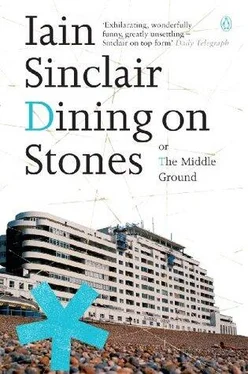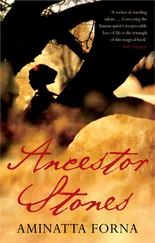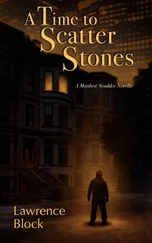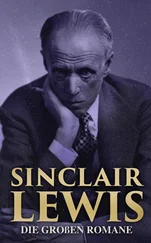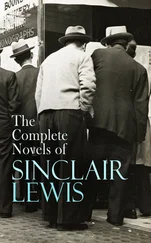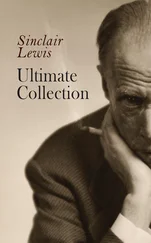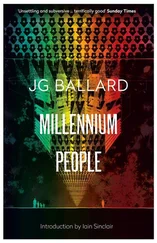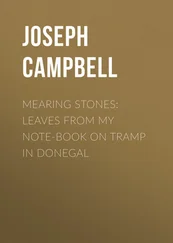They sectioned me to Shenley. Where I met several writers and a few psychotherapists. Cornflakes, funny-tasting tea, acid and vegetable gardening.
Laingian community life followed my first encounter with the East End. I met Hannah Wolf. We took a room together (very convenient for the North London line) in Compayne Gardens. As friends, colleagues. She wanted to monitor my voyage through insanity. I should have talked my trauma out, but Hannah was too busy, meetings every night, readings at the bookshop, running around doing bits and pieces for Doris Lessing. The writers in West Hampstead were serious. They meant it. They enjoyed company, feuds, affairs, meals eaten off your lap while you talked opera and Angola.
I started to embark on monumental walks; do it that way, I thought, work the gap between personal psychosis and psychosis of the city: the crisis of consciousness lives in faulty synchronisation. Sometimes the city was crazier, sometimes my fugues leapt ahead: fire visions, sunsets over King’s Cross gas holders. We are part of the madness. Monitor everything : weeds, green paint on a wooden fence in Maryon Park, swans hooked by Kosovans on the River Lea, the way an Irish barman in Kentish Town stubs out his Sweet Afton and scratches a cut that never heals on his right wrist. When there is sickness, misalignment in the city, I sweat. I feel warts cropping on my tongue.
I had my first conversation with a living writer, the Guardian columnist Jack Trevor Story, a pub in Flask Walk. He was often there with a large dog and a small woman. He stood out from the usual Hampstead depressives and crossword-fillers. He had style. His mania, evident but lightly worn, convinced me. I decided to move to East London and take up fiction. Those twinned ambitions, symbiotically, brought the world together.
The day after I’d met him, Story rang me — offering, for a very reasonable price, the typescript of his first novel, The Trouble with Harry . The same one I’d seen him sell, twice over, to the bearded man who kept the bookshop on the corner.
I began to wonder, witnessing the man gulp his pint of tomato juice, the blooded mouth, if Roos was not that terrible thing, a reformed drunk. The sweats, the trembles. The compulsive gorging, even in this smugglers’ den, of microwaved bangers and soft white bread. Layers of grease combed into thinning hair. Fat fingers gripping the table’s edge. A hard swallow, a dry heave disguised in a fit of coughing. The eyes had it, panic, frantic attempts to summon memory: what am I doing here ?
We met on the Marina, by the pink granite fountain; Roos was almost on time. I hadn’t wasted my thirty minutes watching the waves, the lateral drift, the heaping and scattering of small stones. Squadrons of gulls, legs retracted, rising and falling on a fierce tide.
I read: ‘In Affectionate Memory of his Beloved Wife EDITH’. A sturdy pillar erected by James Castello, a Viagra afterthought. I’d known an Edith once, another graveyard, obliterated inscription, a lost woman reborn in one of my fictions. Title forgotten. Her name remains with me: Edith Cadiz. Is emotion for one who never lived, a spectre of the multiverse, legitimate? The fountain was unusual, by London standards, it worked, spurted to order, brass spigot: I cupped my hands and drank.
The marine parade, as Roos and I strolled west towards Bexhill, gushed with water, charitable taps, civic art (concrete disks), toilet facilities with operative basins and clean, flushed troughs. Hotels and tall houses were being restored, paint-licked, made ready for the season, the speculative developers. Old folk, weathered, hand in hand, kept each other upright. Young women, burdened with plastic bags, butting into the wind, left us limping in their wake. Roos, it has to be admitted, was not much of a pedestrian: he was affronted by this sudden loss of status, being naked (unmetalled) in a world of sunlight, sea breezes, dog accompanists, cycle lanes, salt-scorched palms and limp fronds. He wobbled, rolled his shoulders, hoping that the rest would follow. He worked his right foot, speculatively, as if reaching for the accelerator. He squeezed the knobs of the guard-rail like a gear lever. He stood, blinking furiously, waiting for the landscape to race past him.
History was lightly worn in St Leonards. James Burton, in his dotage, carved a town, a post-urban estate (with Classic pretensions), out of the hillside. His son, Decimus, on a commission in Tunbridge Wells, persuaded some free-floating royalty to winter on the coast: the Duchess of Kent and the young Princess Victoria. The usual riffraff — jaded aristos, Irish adventurers, gamblers, pimps, cooks, theatricals — followed. Crescent parks with Gothic follies. Masonic temples. An ugly church, designed by Burton himself, was replaced by an uglier one by Gilbert Scott (the power-station man). During the Second War, a V1 rocket, heading straight for Cunard Court, where a dance was being held in the Grand Ballroom, skidded down the promenade and blew up the elderly architect’s turreted pastiche. Albert Speer in the wake of Sir Walter Scott.
St Leonards was protected from the Old Town (fishermen, street photographers, privateers) by an elaborate, Doric-columned arch that made Temple Bar (in Fleet Street) look like a frame for runner beans. The scale was such that a person called Ballard took space on the south side for the sale of ‘Ladies & Gents Worked Slippers’. When the time came, there was no Temple Bar reprieve (removal to Theobald’s Park, return in triumph to the piazza of St Paul’s): the St Leonards arch was demolished, covertly, in a single night.
Much of the rest, pompous as it appeared, crumbled and cracked. Burton, pinched for funds and credit, dug out local stone (soft, red) for the construction work. He took his sand from the foreshore. Structural faults were soon apparent, blocks laid in the wrong grain. The charm of the natural landscape, woods, modest chasms, sylvan glades, the full Keatsian apparatus, was attacked, denuded, improved. To the point where, at the start of this new millennium, teams of police in masks, anti-bacteriological suits and white rubber boots, are picking through a monstrous landfill site for body parts, weapons used in the slaughter of a local businessman.
None of this mattered. My reflex scepticism was charmed by the seascape, views into tall-ceilinged houses, New Orleans balconies with ornamental ironwork, pink paint: the past as an asset, a free-and-easy marriage, give and take, not an accidental resource to be exploited. The grot and the gracious in perfect harmony: old motors decanting young hopefuls with black bags. Chipboard window panels being taken down. A long-serving Greek restaurant instantly reinvented as a Chinese takeaway. And one vast red box, windowless, like a giant container unit, to oversee the lot. The future in the shape of: CARPET RIGHT.
Jacky is lugging a camcorder but he doesn’t use it. He can’t talk when he’s walking, can’t think: nothing works. The in-flight computer is out of commission. I’m feeling generous, the mood of the morning, so I nudge him towards a pub I’ve spotted, early lunch at the Bo-Peep Inn.
But first: some necessary record of this evocative plaster statue (whitewash over grey conglomerate). The moss, the brown pox. A couple on a raft or bed, unemphatically pornographic in a Tennysonian sort of way: at it. Exposed. Drapes torn back. In the public gardens.
She is bent over his reclining (droopy, sapless) figure. His naked knee (above surgical support stockings, varicose veins) is crooked over hers. She kneels; her arms tight around his neck. His grip has not yet slackened on the long sceptre. A short skirt barely covers the darkness between spread thighs. Her nose has gone, tertiary syphilis. His eye socket: a lichen pad. King Harold and his mistress; another Edith, Edith Swan-Neck.
Читать дальше
